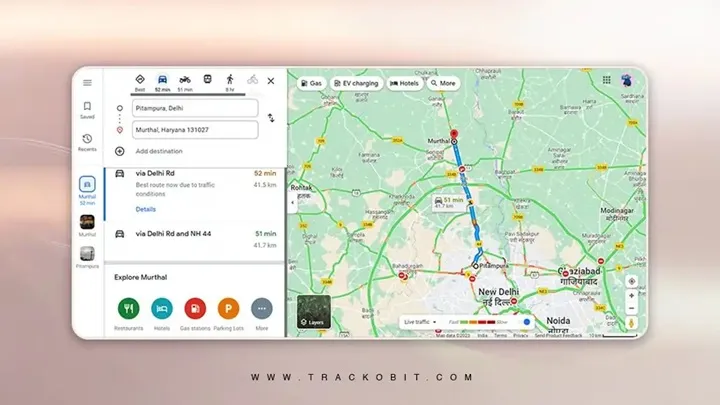Introduction
Once you have mastered the basics of Zoonomaly, the game begins to reveal its true depth. At higher difficulties or in extended runs, anomalies become smarter, resources scarcer, and your margin for error nearly nonexistent. This is where advanced strategies come into play—methods that go beyond hiding and surviving to controlling the pace of the game, outsmarting enemy AI, and exploiting environmental systems. This advanced strategies guide is designed for players who already understand the fundamentals and are ready to elevate their survival skills to expert level.
1. Understanding AI Learning Behavior

In Zoonomaly, enemies don’t simply follow fixed routes—they adapt.
- Repeatedly using the same hiding spots increases the chance of enemies checking them.
- Loud movements trigger “memory hunting,” where anomalies circle back to your last known position.
- Some anomalies escalate their patrol intensity the longer you survive, forcing you to vary your tactics.
Advanced players must analyze AI behavior patterns over time and adjust constantly.
2. Manipulating Patrol Routes
Instead of avoiding enemies, advanced players learn to influence them.
- Deliberately throw objects to redirect patrols into dead ends.
- Lead enemies into environmental hazards (unstable flooring, malfunctioning machinery) to delay them.
- Exploit patrol cycles by creating controlled noise, making enemies predictable.
Turning enemy AI into tools rather than threats marks a shift from reactive to proactive play.
3. Resource Optimization and Efficiency
By advanced stages, items are so scarce that efficiency becomes an art form.
- Use the flashlight in short bursts—quick flashes reveal paths without draining batteries.
- Treat medical kits as last resorts, preferring natural avoidance over risky healing.
- Stack resource benefits: combine stamina boosts with environmental noise to cover long escapes.
Efficiency allows you to survive longer with fewer supplies.
4. Layered Stealth Techniques
Basic stealth keeps you alive; layered stealth makes you untouchable.
- Mix light and shadow movement, timing your steps with environmental flickers.
- Chain distractions—throw an object, then move silently in the opposite direction.
- Stage misdirection by triggering noise in one area while preparing your real path elsewhere.
Layered stealth prevents enemies from adapting too quickly to your behavior.
5. Advanced Mapping and Spatial Control
Maps in Zoonomaly change, but advanced players impose their own control.
- Create mental “safe zones” by identifying loops and exits during exploration.
- Memorize spawn points for critical items—knowledge is as powerful as resources.
- Use verticality when available—vents, ladders, and crawlspaces often bypass patrols.
The environment becomes your ally once you treat it as a strategic board rather than a maze.
6. Exploiting Environmental Hazards

Hazards are not just obstacles—they are weapons.
- Lead anomalies through unstable floors to slow them or trigger noise traps.
- Manipulate power systems—lights and alarms can both blind and misdirect.
- Block off enemy paths with environmental debris when available.
Advanced players use the map itself as part of their arsenal.
7. Psychological Warfare Against the Game
Zoonomaly tests not only your skills but also your mental resilience. Advanced players turn this back against the game.
- Embrace silence—learn to treat tension as normal, reducing panic.
- Rehearse failure—dying intentionally to study anomalies builds long-term knowledge.
- Develop rhythm—alternate exploration and hiding phases to keep control over pacing.
By mastering your own mind, you weaken the game’s strongest weapon: fear.
8. Lore as Strategy
The deeper you dive into Zoonomaly’s lore, the more it aids survival.
- Notes and logs reveal anomaly weaknesses or patrol habits.
- Environmental symbols often foreshadow upcoming threats.
- Hidden story fragments sometimes lead to resource-rich areas.
Lore is not just storytelling—it is intelligence gathering.
9. Risk Versus Reward Calculations
Advanced survival is about making calculated risks, not blind bravery.
- Entering high-risk areas may yield rare items, but know when to retreat.
- Time your exploration when anomalies are distracted, reducing danger.
- Accept losses—sometimes sacrificing an item is better than dying with it.
Strategic decision-making separates advanced players from survivors stuck in the beginner phase.
10. Mastery Through Adaptation

Ultimately, advanced play in Zoonomaly comes down to one skill: adaptation.
- No strategy works forever—change tactics often.
- Treat each death as data collection for future runs.
- Aim to control the flow of encounters rather than reacting passively.
The best Zoonomaly players are not those who never fail, but those who adapt faster than the anomalies evolve.
Conclusion
Zoonomaly is designed to resist predictability. Advanced strategies are not about finding one perfect system but about staying flexible, creative, and calculated under constant pressure. By manipulating AI, exploiting environments, and treating lore as intelligence, you transform the experience from desperate survival into deliberate mastery. The deeper you push into Zoonomaly’s systems, the more it becomes less about escaping the anomaly and more about outsmarting it.

















